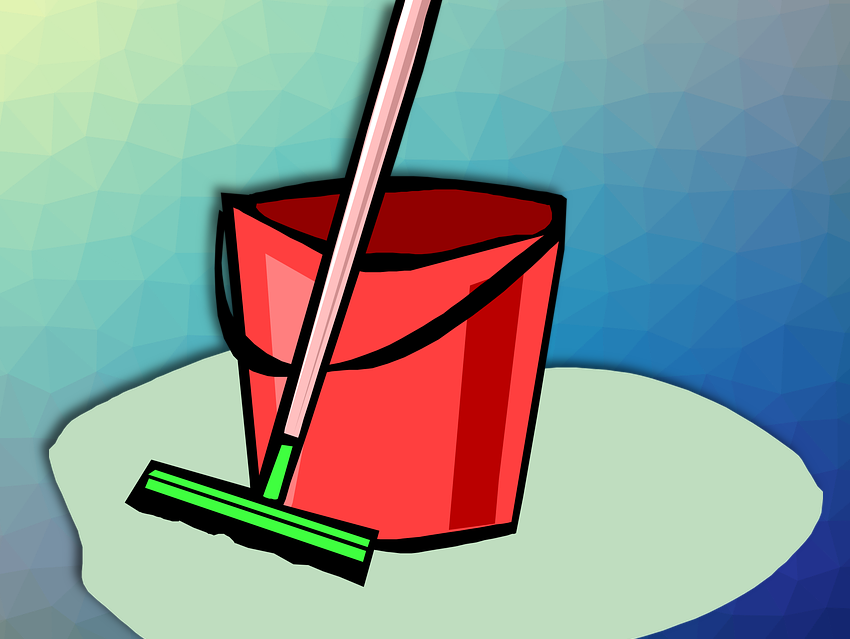Cleaning the house with bleach products containing sodium hypochlorite (NaOCl) as the active ingredient leads to the emission of various chlorine-containing reactive species. These include hypochlorous acid (HOCl) and chlorine gas (Cl2). Concentrations depend on ventilation.
HOCl and Cl2 are strong oxidants that can react with many indoor chemicals. Examples are terpenes, a group of volatile organic compounds (VOCs) commonly found in indoor environments from the use of cleaning and personal care products, plants, food, air fresheners, etc. Limonene is one of the most abundant VOCs; α-pinene is another example. However, the impact of bleach emissions on indoor air quality has received little-to-no consideration.
Chen Wang, Department of Chemistry, University of Toronto, ON, Canada, and colleagues have investigated the potential reactions of bleach fumes and limonene or α-pinene and whether these reactions occur in typical indoor environments. Reactions were studied both in the dark and under indoor lighting conditions (from indoor fluorescent lights and north-facing windows) in an environmental chamber.
The team measured limonene and its volatile reaction products online with proton transfer reaction mass spectrometry (PTR-MS). They characterized the particles by the evolution of their size distribution and composition with both online and off-line techniques. Aerosol mass spectrometry (AMS) measurements indicated a large contribution of particulate chlorine species. Electrospray ionization mass spectrometry (ESI-MS) analysis of filter-collected particles indicates the formation of high molecular weight products.
The study illustrates the potential for particle formation during the use of common cleaning products. The researchers found that potentially harmful particles can be formed. According to the researchers, the composition and possible health effects of these particles need to be studied further.
- Indoor Illumination of Terpenes and Bleach Emissions Leads to Particle Formation and Growth,
Chen Wang, Douglas B. Collins, Jonathan P.D. Abbatt,
Environ. Sci. Technol. 2019.
https://doi.org/10.1021/acs.est.9b04261




